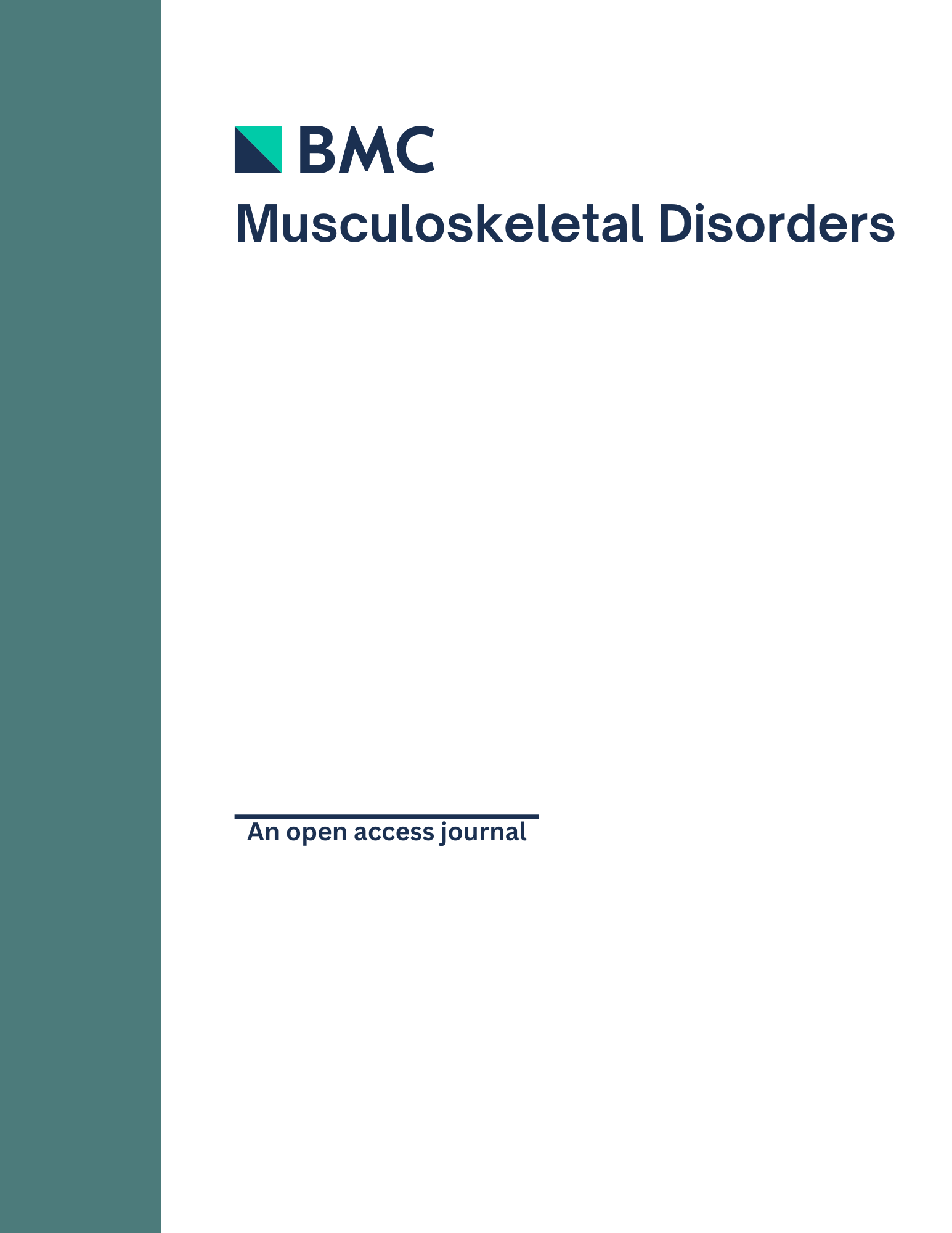
Naprapathic manual therapy: an option for back and neck pain

Naprapathic manual therapy: an option for back and neck pain
The long-term effects of naprapathic manual therapy on back and neck pain - results from a pragmatic randomized controlled trial
BMC Musculoskelet Disord. 2010 Feb 5;11:26Did you know you're eligible to earn 0.5 CME credits for reading this report? Click Here
Synopsis
409 patients with non-specific pain/disability in the back and/or neck were randomized to be managed with either naprapthic manual therapy or by evidence based advice only. In the long term (56 weeks), naprapathic manual therapy produced greater improvement in pain and disability compared to advice from a physician on staying active and coping with pain.
Was the allocation sequence adequately generated?
Was allocation adequately concealed?
Blinding Treatment Providers: Was knowledge of the allocated interventions adequately prevented?
Blinding Outcome Assessors: Was knowledge of the allocated interventions adequately prevented?
Blinding Patients: Was knowledge of the allocated interventions adequately prevented?
Was loss to follow-up (missing outcome data) infrequent?
Are reports of the study free of suggestion of selective outcome reporting?
Were outcomes objective, patient-important and assessed in a manner to limit bias (ie. duplicate assessors, Independent assessors)?
Was the sample size sufficiently large to assure a balance of prognosis and sufficiently large number of outcome events?
Was investigator expertise/experience with both treatment and control techniques likely the same (ie.were criteria for surgeon participation/expertise provided)?
Yes = 1
Uncertain = 0.5
Not Relevant = 0
No = 0
The Reporting Criteria Assessment evaluates the transparency with which authors report the methodological and trial characteristics of the trial within the publication. The assessment is divided into five categories which are presented below.
4/4
Randomization
3/4
Outcome Measurements
4/4
Inclusion / Exclusion
4/4
Therapy Description
4/4
Statistics
Detsky AS, Naylor CD, O'Rourke K, McGeer AJ, L'Abbé KA. J Clin Epidemiol. 1992;45:255-65
The Fragility Index is a tool that aids in the interpretation of significant findings, providing a measure of strength for a result. The Fragility Index represents the number of consecutive events that need to be added to a dichotomous outcome to make the finding no longer significant. A small number represents a weaker finding and a large number represents a stronger finding.
Why was this study needed now?
Back and neck pain are common clinical problems, yet the evidence of effectiveness of treatments in the long-term is sparse. Previously, naprapathic manual therapy has been shown to be effective in the short term. This study aimed to observe the long-term effectiveness of naprapathic manual therapy for back and neck pain.
What was the principal research question?
Is naprapathic manual therapy better than an evidence-based advice for management of pain intensity, disability and health status, in patients with non-specific pain/disability in the back and/or neck?
What were the important findings?
- More participants in the naprapathic manual therapy group achieved a clinically-important improvement in pain intensity and disability at 26 and 52 weeks follow-up.
- The naprapathy group did better in terms of improvement in pain (p=0.002), disability on CPQ score (p=0.005), and disability on WDQ score (p<0.001) at one year follow-up.
- Health-related quality of life questionnaire showed a better result in the naprapathic manual therapy group at both 26 and 52 weeks follow-up, in terms of bodily pain and social function. In other aspects, however, there was no statistical difference between the groups.
What should I remember most?
For patients with non-specific back and/or neck pain, naprapathic manual therapy produced a greater improvement in pain and disability, compared to an evidence-based advice provided by a physician in the form of staying active and on how to cope with pain. Since naprapathy has previously been shown to be effective in the short term, naprapathy can now be considered to be effective in both the short and long term.
How will this affect the care of my patients?
Naprapathic manual therapy, having demonstrable efficacy in improving pain and disability in patients with nonspecific back or neck pain, is an effective alternative for consideration when deciding upon the best option in a mix of manual therapies in primary care for these patients.
Learn about our AI Driven
High Impact Search Feature
Our AI driven High Impact metric calculates the impact an article will have by considering both the publishing journal and the content of the article itself. Built using the latest advances in natural language processing, OE High Impact predicts an article’s future number of citations better than impact factor alone.
Continue



 LOGIN
LOGIN

Join the Conversation
Please Login or Join to leave comments.